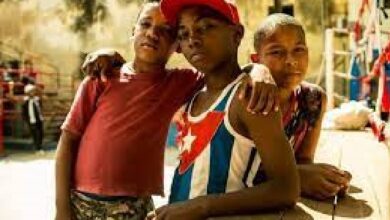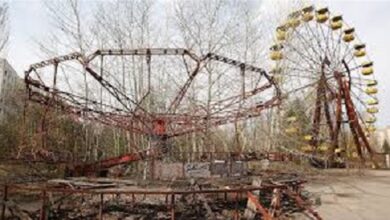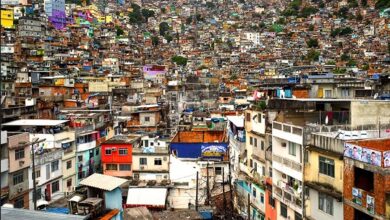What is Currency History evolution and national currencies
Currency
Currency is a means of exchanging goods and services. In short, it is money, in the form of paper or coins, usually issued by a government and generally accepted at face value as a method of payment.
It is the primary medium of exchange in the modern world, having long since replaced barter as the means of trading goods and services.
In the 21st century, a new form of it entered the vocabulary, the virtual currency. Virtual currencies, like Bitcoins, have no physical existence or government backing and are traded and stored in electronic form.
History and evolution of the currency
The origin dates back to the first civilizations of merchants, in Asia Minor and Babylonia as a way of valuing the consideration received from merchandise traffic. Thus, as history teaches us, once barter is no longer used as the main form of exchange, currency becomes important because it creates an instrument of value with which to quantify goods and services.
So much so, that during most of their history, coins have been pure precious metals, such as gold, silver, bronze… Thus creating a direct way of valuing merchandise with respect to the base valuation elements. as are precious metals. This is what is known as intrinsic value. The currency is worth because it is composed of some precious metal, which is really what has value.
The meaning of currency
Subsequently, the meaning has been changing. At the same time that commercial exchanges grew globally, precious metals became scarce, so in the 19th century a new way of creating money originated, associating coins of other metals with no value of their own to gold and silver reserves. Being the currency endorsed by the assets that had made up the money until then.
Thus, before this system, a coin corresponded to a certain quantity (grams) of gold or silver, while during this system what was attempted was an equivalence between assets. For example, that a 3 English pound coin corresponded to half a kilo of gold, or similar in Spain, where 10 pesetas corresponded to a certain amount of gold as well. That is, it is worth because it has a true counterpart in precious metals.
For several decades, we have had another currency valuation system, which corresponds to the value that people give to that currency, without being anchored to precious metals or other forms of valuation. It is what is called fiduciary money , that is, that currency that does not have any precious asset as a counterpart, but is based on the trust and good faith that people (all agents) deposit in it.
For example, a large part of the world’s currencies, which have their value not because they are made up of precious metals, or indicate an indirect possession of them, but rather we adopt and give confidence that it is worth what it really says it is worth, facilitating the exchange of goods and services.
A one euro coin is not really worth one euro, since its materials are worth less, however we give it the category that is worth that, based on the confidence and acceptance of the indicated value.
About national currencies
According to Worldatlas.com, 180 national currencies recognized by the United Nations are currently in circulation. Another 66 countries use the US Dollar or peg their currencies directly to the dollar.
Most countries issue their own currencies. For example, Switzerland’s official currency is the Swiss franc, and Japan’s is the yen. An exception is the euro, which has been adopted by most countries that are members of the European Union.
180
The number of official currencies recognized by the United Nations. Some countries accept the US dollar as legal tender in addition to their own currencies. Costa Rica, El Salvador and Ecuador accept US Dollars For some time after the founding of US Mint in 1792, Americans continued to use Spanish coins because they were heavier and presumably felt more valuable.
There are also branded currencies like airline and credit points and Disney Dollars. These are issued by companies and are only used to pay for the products and services they are tied to.
currency trading
The exchange rate is the current value of any currency in exchange for another currency. This rate constantly fluctuates in response to economic and political events.
These fluctuations create the market for currency trading. The foreign exchange market where these trades are conducted is one of the largest markets in the world by sheer volume. All trades are in high volumes, with a standard minimum lot size of 100,000. Most currency traders are professionals investing for themselves or for institutional clients, including banks and large corporations.
The foreign exchange market has no physical address. Trading is fully electronic and operates 24 hours a day to accommodate traders in each time zone.
Exchange
For the rest of us, currency trading is mostly done at an airport kiosk or a bank while traveling.
Consumer advocates say travelers get the best value by exchanging money at a bank or a networked ATM. Other options may have higher fees and exchange rates.




